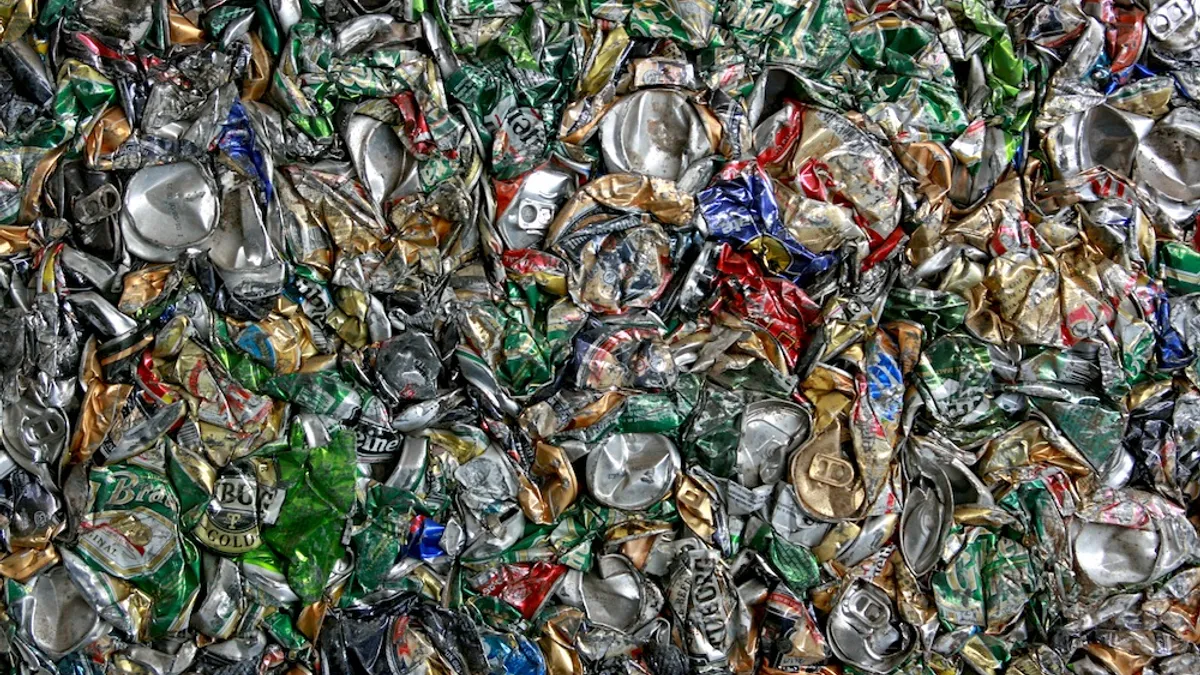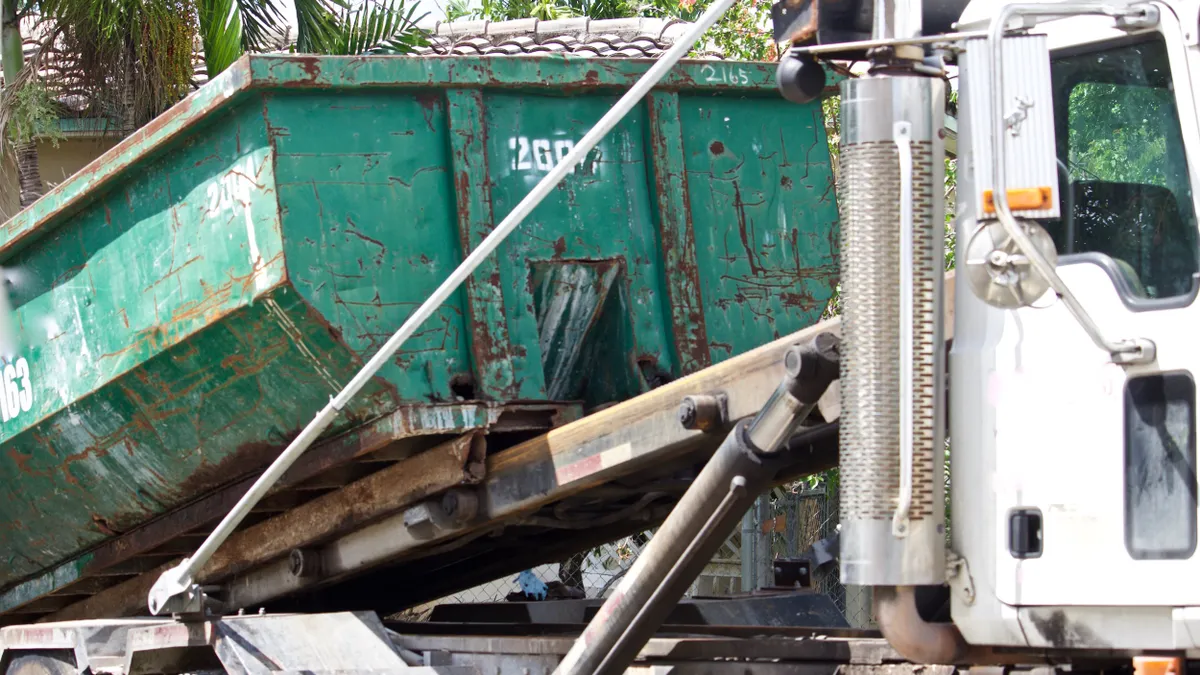Dive Brief:
- Aluminum bottles are being produced in significantly greater quantities, and in a way that requires less metal. This will continue to be the case, predicts Ricardo Ruiz of Belvac Production Machinery, who estimates the US aluminum bottle market will hit 4 billion containers in 2019, as reported in Resource Recycling.
- Anheuser-Busch has reportedly doubled its production capacity and is now able to churn out 1 billion 16-ounce aluminum bottles a year with the recent launch of a $160 million line in Arnold, MO. And Coca-Cola said it plans to triple its aluminum bottles.
- The market growth can be attributed in part to an improved gas barrier that locks in carbonation and keeps drinks as fresh as glass bottles do.
Dive Insight:
Advanced technology can change markets and market demand radically. Besides the superior gas barrier properties of the newer cans, manufacturers have latched onto another tech trend predicted to drive market growth: moving away from extrusion manufacturing (a process to create objects of a fixed cross-sectional profile) and toward draw-and-iron (D&I) processes (products formed from cold rolled steel sheet). The end result is a 31-gram container compared to a 16-ounce bottle that weighs about 50 grams.
Through these design enhancements aluminum cans keep getting lighter, down to a mere half-ounce on average today over the three-ounce cans introduced decades ago. Using far less metal translates to cheaper shipping, and of course equals less environmental impact.
But while the growing bottles mean a plentiful supply for recyclers, it could also mean a little more work per ton to recover it; a few mega scrap metal plants have invested big to handle heavy weights—up to 400,000 metric tons a year.













